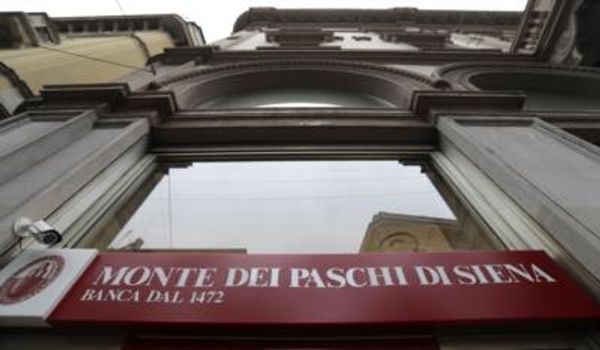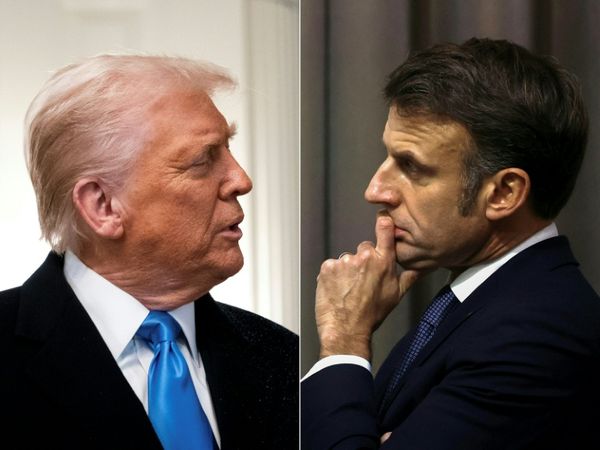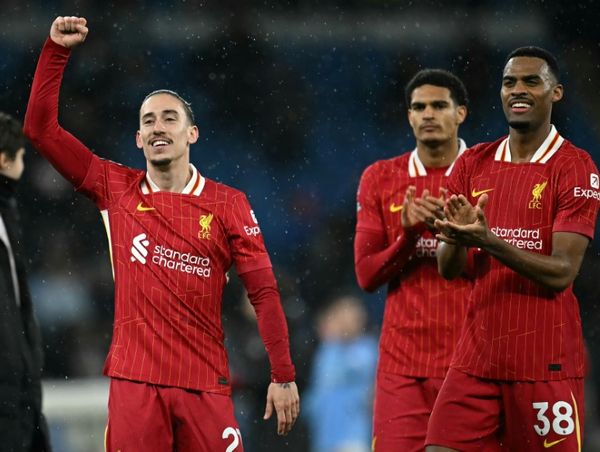
I’m standing in a black box. It’s so dark I can hardly see. There are ominous scraping and scratching sounds, the distinctive chink of metal, the vexing buzz of insects reverbing through a subwoofer. The effect is bodily, a kind of reverse ASMR. It sounds like death. And it turns out that’s exactly what I’m listening to.
A sound installation devoid of visuals is a bold entry point for an exhibition of photography. But it also makes sense, since it deals with two of photography’s biggest current problems: absence and apathy. Photography’s consistent failures to see, the impossibility of describing everything in visual terms – these have become compelling subjects, and they surface in the displays by all four shortlisted artists at this year’s Deutsche Börse photography foundation prize.
The images you encounter inside the black box – an installation by Syrian-born artist Hrair Sarkissian which bears the heavy title Deathscape – are the ones you come up with yourself. Sarkissan’s argument is that seeing could never be enough. We need to get to images through action – to feel before we see, in order to understand. Deathscape is also a document of an action: the excavation of a mass grave in Spain, a citizen-led initiative to recover the bodies of relatives who met their fate under Franco’s brutal regime.

Emerging from Deathscape, there is another project by Sarkissian. At first, it looks like spartan images of generic homes – living rooms, kitchens, gardens – all hauntingly empty. After Deathscape, you’re primed to understand there’s more to this than meets the eye; these Last Seen (2018-2021) are in fact documents of absence, photographs of the last places loved ones were seen by their families, before they disappeared during conflicts in Argentina, Brazil, Lebanon, and Bosnia and Herzegovina. Their names and the date of their disappearance is embossed on the image – only visible when you get up close. Their whereabouts is still unknown, leaving their relatives in agonising limbo. The emptiness of two glasses abandoned on a kitchen table becomes horrifying.
Viennese performer and pioneering feminist artist Valie Export is nominated for her retrospective The Photographs. As the show is still touring, this display has been curated as a mini-survey of Export’s work, from documents of early guerrilla performances such as her Action Pants: Genital Panic, when she paraded around a cinema in Munich in trousers from which a triangle had been removed at the crotch, to her Body Configurations, in which she literally re-inserts her body into patriarchal structures, lying, squeezing and contorting her body into grooves and alcoves of buildings that represent authority and power – a kind of urban version of Ana Mendieta’s Earth Body. There are no live colonoscopies here, though Export once had one in front of an audience. With humour, it all makes the point that the patriarchy wasn’t designed for women or their bodies.

Export is neither “now” – most of the work here was made in the 1970s – or strictly a photographer. Yet it’s easy to see how her influence has been far-reaching, from Marina Abramović (who restaged some of Export’s performances), to Carrie Mae Weems’ Museum Series and Hito Steyerl’s cyborgian feminism. Photography has been an important witness to her wild and radical interventions over the years. And the photographs – such as the artist extending her branded Valie Export pack of cigarettes towards the camera – are unforgettable.
Prix Pictet winning Gauri Gill and collaborator Rajesh Vangad are nominated for a co-authored book, Fields of Sight, which was published last year. Much of Gill’s work is devoted to telling the stories of – and with – marginalised, peripheral communities across India, challenging traditional documentary photography. This work synthesises her photographs of an Adivasi village on the coast of Maharashta, with the ornate imaginary of Vangad, a Warli painter – a traditional art form practised by the Indigenous Warli community.
Vangad was initially Gill’s guide, but recognising the impossibility of capturing the complexity and richness of the place, he became her protagonist and collaborator – her photographs a canvas for his intricate geometric motifs, representing the past, present and future of each site Gill photographed. There are stories of labour, displacement, violence and destruction – things you simply cannot see in a single image. Vangad’s painting dances across the photographs, animating them. Imagination seems to bring us closer to the truth.

Photography doesn’t have to offer a single point of view. Lebohang Kganye’s work is an attempt to deal with this in a natural climax to the show. The room is filled with Kganye’s sepia-toned, theatrical cutouts, archival and family photographs printed at life-size scale directly on to honeycomb cardboard, and attached to supports. These scenographies represent the Kganye family’s history – her great grandparents with a herd of cattle; her grandmother who was forced off her land during apartheid and became a domestic worker stands in her kitchen, an iron heating on the stove. A typical home in a township, washing hanging on the line, materialises memories from a family photo album. As you contemplate these theatrical tableaux, the light shifts overhead, casting shadows in the place of images. Kganye, too, is concerned with absence. These cutouts are silhouettes for lives lived and for love lost, that remind us that photographs can never be stand-ins for life or love.
The Deutsche Börse – the Turner prize of the photography world – can only be as good as the art on show in the last year (artists and photographers are nominated by an international jury of experts on the basis of exhibitions or books that have taken place in Europe in the preceding 12 months). This year’s cohort converges with startling clarity in a summative survey that is in sync with the cataclysmic world outside it.
• The Deutsche Börse prize exhibition is at the Photographers’ Gallery, London, from 23 February-2 June.







